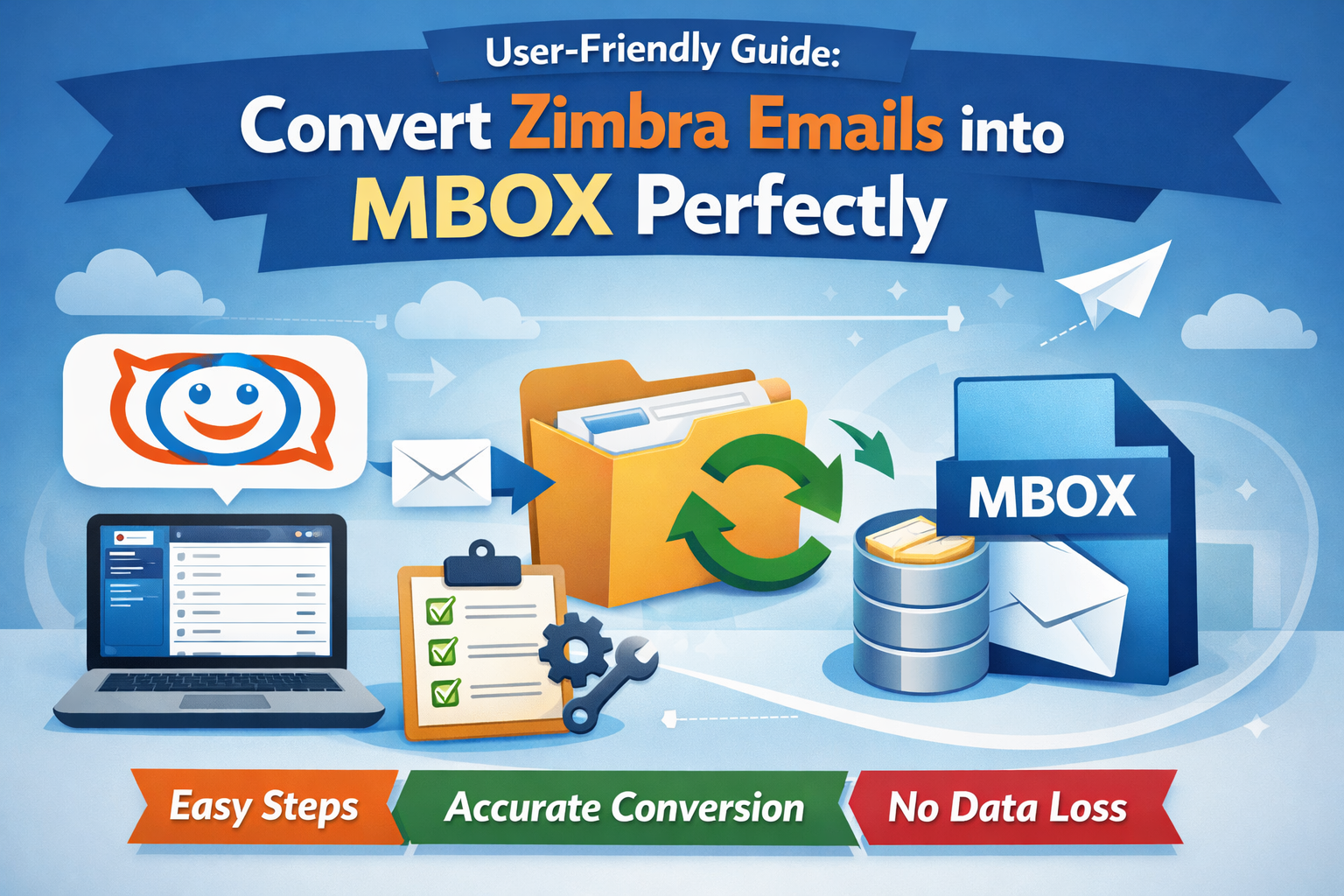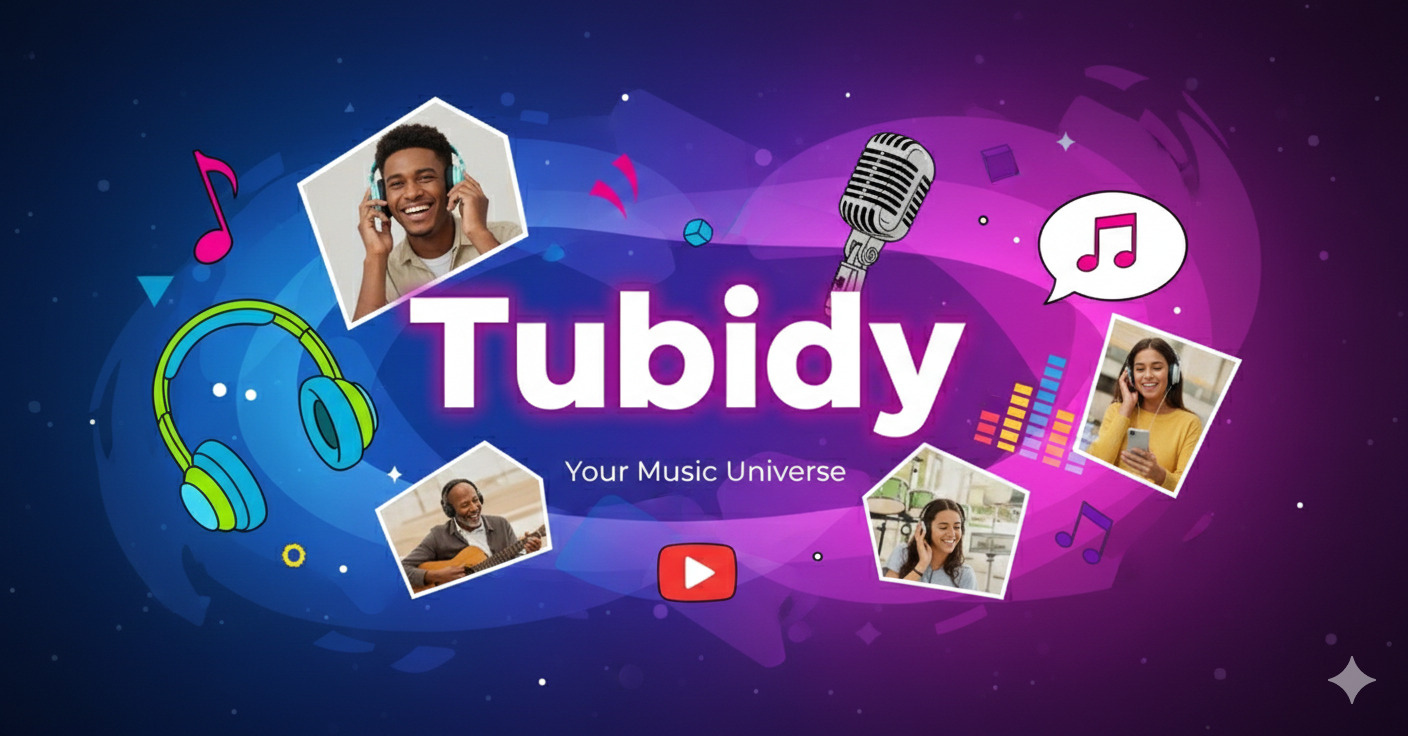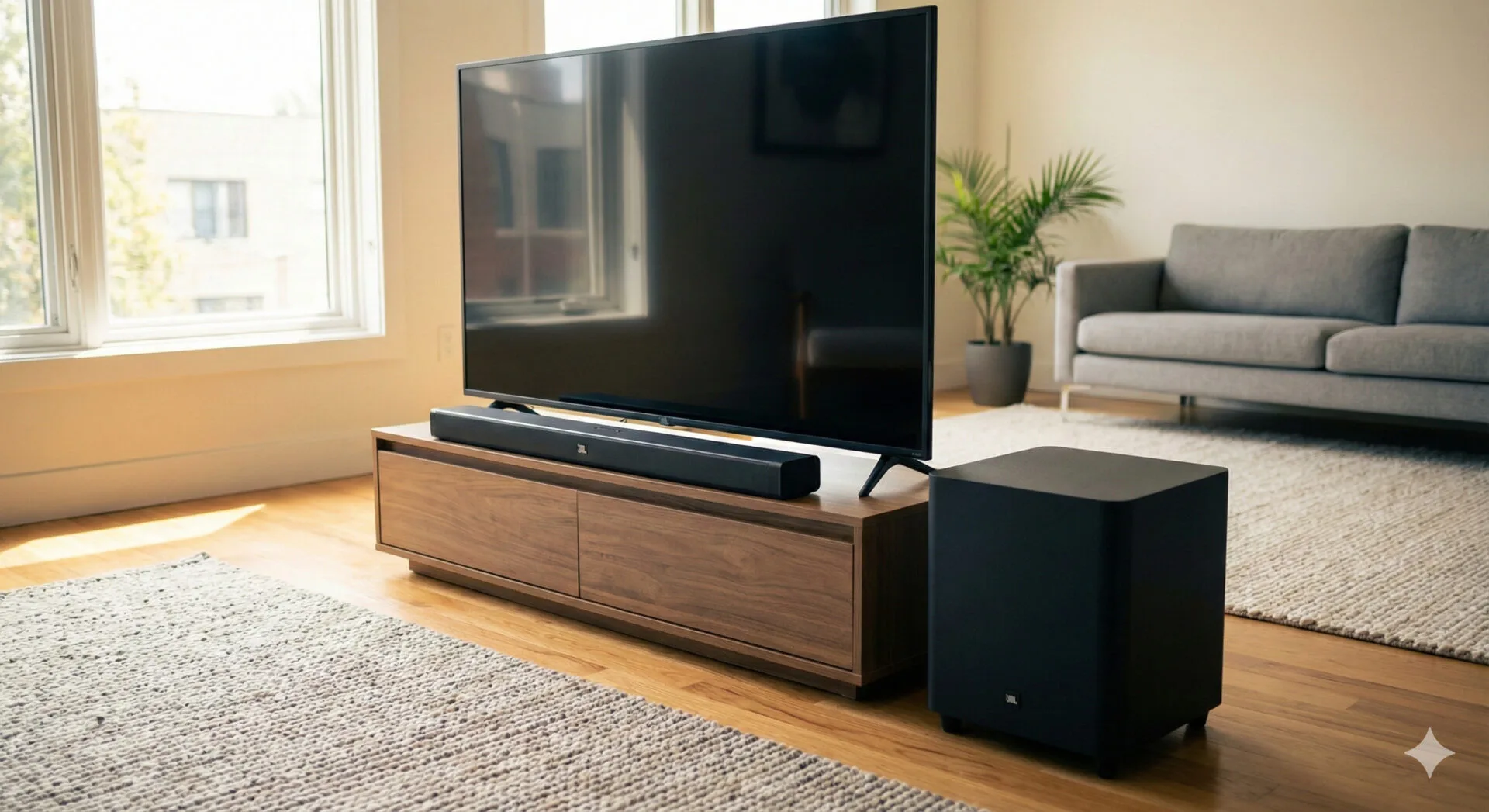Introduction
AI is changing how we see and engage with content on social media. Content on Instagram, TikTok, and Facebook is now driven by powerful tools that can assemble and create videos, images, and related posts that feel personalized. These platforms are now using highly engineered systems that can write captions, edit photos, and present recommendations that invoke creative trends in real time.
People scroll for hours without understanding just how much behind the scenes automation is a driving factor in what they watch and what they share. With AI in the background, it all looks fast and easy, yet the technology is evolving to be more complex every year. However, it is changing the way content is created and delivered to billions of people across the globe.
AI Is Powering a New Wave of Content Creation Across Platforms
Social media operates at light speed, which is something that seemed unconceivable only a couple of years ago. At the center of this transformation is AI. Our reliance on manual editing, coupled with drafting posts and nous around timing, is being replaced with what can now be instant. AI tools essentially manage almost every single step—turning a simple idea into a finished, polished, platform-ready piece of content in a matter of seconds. Here’s how this transformation is happening—rapidly.
From Text to Video, AI Tools Are Creating Content in Seconds
It takes one idea before it can be completed—all before you even finish your. Currently, AI-powered systems assist users in creating:
- Captions and posts: AI can write engaging captions and even longer form posts with one to four keywords. And these engagements often consider trends, hashtags, or topics that are common to pop culture, but it can also provide something that sounds personal/user-related and relevant, while saving significant time.
- Images and filters: You upload a photo, AI suggests edits, effects, or changes the background based on popular styles. Selfie and product-sourcing creative app tools on Instagram and TikTok have made it one tap of the screen away, and even remix customer images.
- Short-and-long form videos: TikTok and Instagram Reels have a wide range of AI-generated content ideas that suggest music, transitions, text overlays, reduce videos using existing source clips, and match styles that have gone viral. Some apps even made it possible to have app-generated highlight reels made for you, using a big dump of pre-existing “clips” to cut out heightened/engaged user attention from a never-ending pile of clips, in under a minute.
This move towards automation isn’t just for convenience. Autonomy opens up new opportunities for both everyday users and busy brands. Users without a design or video editing background can quickly and easily post content that will not only capture attention, but will also be highly engaging. Small and medium-sized businesses can compete in keeping their feed entertained as unplanned as it may seem without requiring a large team or any additional costly software to create content.
Cross-Platform Creativity Is Now Automated and Scalable
Maintaining content for even the most sporadic posting was once daunting for even the most versed social media managers who were managing more than one social account across several media platforms. AI allows the daily task of populating profiles to be a few clicks away, so that your same content can be pushed out, modified, and optimised throughout platforms without any extra effort.
- Instant Repurposing: Some apps have complete capabilities to transform shared video into different aspect ratios, on autofilled pertinent filters or suggestions from full-length social video posts for Instagram stories, YouTube Shorts, and Facebook feeds – all without request.
- Smart Adaptation: With some apps, AI rewrites captions for key points and relevant tone/context of the platform, while observing and adhering to word count constraints. What works for TikTok’s zippy style can also be molded to accommodate Facebook’s more conversational tone, without adding any additional work.
- Efficient scheduling and publishing: AI offers actionable insights into the best times to post on each platform for maximum audience reach and then begins publishing updates across accounts without any manual action required.
This level of automation means creators and brands are able to reach a larger audience, more often, without losing quality or incurring creator burnout. It is changing the notion of productivity online, taming even small teams and individuals to forge a bigger impact.
Algorithms Are the New Content Directors
In social media, content is not created and published; it is created and managed. Algorithms studiously manage, edit, and direct all content behind every feed; these systems use AI to determine what you see at the top of your social media feed, and what gets buried. Each tap, pause, and comment are recorded by algorithms. Algorithms have now become like invisible directors on a film set; they look at all your takes and figure out which ones cut every other user’s screen.
Personalized Feeds Driven by Machine Learning
Personalized feeds feel like they know at least as much about you as you do. This process starts with machine learning programming, monitoring how you interact with content. Each watch, like, and swipe builds a growing profile curated by AI.
- Time is Everything: Algorithms track how long you consume a post down to the second. They track what you consume as well as what you scroll past, as well as what you return and rewatch.
- Behavioral history: Likes. Shares. Comments. They let marketers and AI know what you’re engaged in, so they know how to refine the experience of the content they share with you.
- Cross platform learning: if you interact with dance related videos on Instagram, then you will also be served similar Reels/Shorts/and Stories on other platforms.
AI does not only show you what is trending, it tracks even the slightest deviations in your behaviors and adjusts your feed, often before you’ve consciously noticed any changes. With every interaction, your experience becomes increasingly tailored and personalized. These subtle and invisible adjustments will not only lead the user to longer engagement on the content but reinforce the repetitive and reciprocal cycle. The entire experience itself will be tailored to you; the feeds time after time will feel created for you. Every swipe is a sense of discovery, as you are unveiling specific pieces of content or interactions you want to view or consume.
Content Discovery Is Now Data-Backed and Intent-Focused
Content discovery has become data-driven. AI systems can now identify, in addition to the trending content, also what aligns with your tastes, often before you’ve even searched for what you want.
- AI uses behavioral tracking to see patterns of your interactions in your various types of content.
- Data comes from intent signals from searches and viewing history, how long you’ve spent on videos of certain creators, or if you’ve clicked on somewhat related hashtags.
- Predictive content placement create feeds that are filled with posts and videos you will likely engage with, even if you haven’t even interacted with that specific topic ever.
For example, if you watched a couple of videos specific to home workouts and then scroll past unrelated content, as far as AI is concerned, your interest is changing towards home workouts. Eventually, your feed will contain many different kinds of fitness-related posts, from recipe reels to community challenges from trending trainers. This entire process seems extremely innocent and unnoticed, while only partially being oblivious to the level of data behind the processes.
Currently, social platforms are attempting to balance viral and relevant content. They create a feed that feels timely and personal by weaving in general trends with indications from your past behavior.
Key advantages of AI-driven content discovery:
- Less noise, more value. You see fewer irrelevant posts and more of what suits your preferences.
- Faster adoption of trends. Content creators achieve greater virality faster as content algorithms recognize new trends as connected to their audience’s interests.
- Faster adjustments. If your preferences (taste) shift, your feed is accommodatingly reflective with little lag time.
As such, AI is no longer a tool that operates at the back end. The experience is driven with AI, and as a result, creators and the audience are always directed in new ways.
Major Platforms Like Instagram, TikTok, and Facebook Are Leading the AI Content Revolution
The competition for your attention is feverish. The social networks understand this, so they use AI to leverage that guarantee of interest. This is not random how these platforms interpret your behavior with AI. They are using powerful AI to understand what you like to see, personalize your feed, and even drive you to create content that will get noticed.
Let’s take a look at three platforms leading this wave.
Instagram: AI-Enhanced Visuals and Filters Are Redefining Creativity
Instagram has always been based on the concept of the power of visuals, but AI is rendering it to not only the world of selfies. When you open Instagram today, you are powered by dozens of smart features:
- AI-optimized filters automatically enhance photos with automatic skin smoothing filters and even swap out backgrounds in real time, so in a few taps your images will look like they were shot by a professional photographer.
- If you browse the Explore page recommendations always utilize your past likes, shares, and comments in order to fill your specific and most likely to love feed with images and videos.
- Visual search allows you to find products or places by taking an image and discovering similar posts or links to shop.
Even as brands and influencers, AI tools are allowing posting to be scheduled, analyzing the best way to post, and projecting which styles are getting more engagement. It is also a feedback loop, so the more AI knows about your audience, the more likes or shares you can achieve on posts.
TikTok: Predictive Tools and Personalization Engines Drive Deeper Engagement
No platform has grown faster, and no service knows its users better. TikTok’s secret? A highly advanced AI-powered recommendation system that learns your tastes in seconds.
- “For You” Page Algorithms power your feed, showing you an endless stream of videos you’re likely to watch, like, and share.
- Editing tools now use AI to enhance sound, sync video clips to music, and suggest trending hashtags.
- Creator tools help users make videos that fit popular styles, suggesting effects, captions, and even video ideas based on what’s trending.
Here’s the real wildcard—AI helps boost your exposure much faster than traditional social networks. Creators are seeing their videos get thousands, sometimes millions, of views, often within days. This drives competition for TikTok Likes and followers, making quality content even more important.
Brands and creators use AI insights to target the right audience and look to boost TikTok Likes on video posts. Even if you’re just using the app for fun, you’ll notice the feed feels almost psychic, as if it knows exactly what you want next.
Facebook: Automation Meets Moderation Through Advanced Algorithms
While Facebook faces a unique array of dilemmas, AI is front and centre here too. Facebook exploits algorithms for almost everything from spam filters to new friend recommendations.
- Content moderation relies on AI to flag fake news, hate speech, and spam posts so you see less of what you don’t want.
- Ad targeting relies on AI to show you posts, stories, and opportunities related to your interests and browsing habits.
- Automated video captions and translation tools open up posts for everyone to engage and connect, without a care about location and language.
For content creators on this now alternative job path, Facebook’s AI dashboard will send you post time suggestions, suggest the best format, and also suggest topics based on engagement with your audience. This means you’ll spend less time theorizing when your audience is online, and more time creating what your followers want.
Ethical and Creative Boundaries Are Being Redefined
AI is not only changing the speed and look of content, but it’s also pushing the boundaries that define creativity and truth. We’re no longer just discussing fun filters or auto-editing tools; we are talking at the heart of what is authentic, and whether audiences can trust the content that is shared. From deepfakes to digital art, every scroll creates that possible tension around discussions about what is possible – and what is right.
Deepfakes, AI Art, and the Question of Authenticity
Photos and videos created by AI are so realistic that you would never know if they were real. Deepfakes use smart algorithms to swap faces, imitate voices, or change backgrounds in ways that occur so smoothly almost anyone would be fooled, even an experienced viewer. So too, AI generated art can take the creativity inherent in millions of images and create new works that look entirely new while grounded in something entirely different.
The tools now available can cause an exciting ripple effect:
- Opening new creative possibilities: Using AI, artists and creators can now create images, music, and video faster than ever before.
- Easily enable ideas into reality: Something that may have seemed a stretch before is now easy to visualize and share.
- Created level of the playing field: Even if you don’t have traditional skills or resources, anyone can professionally create content using just their smartphone.
However, shocking and difficult questions come with these benefits, questions about what is real:
- Is it unethical to post an AI-created selfie that you do not identify as AI-created?
- Should we describe AI-generated newsman clips differently than actual journalism?
- Will audiences become distrustful if they see all these fake video tricks?
This obscuring of the real and generated clearly is creating distance between audiences and creators. Authenticity, previously the social currency of social media, is increasingly based on just how openly an individual creator uses and discusses the role of AI in their work.
Balancing Automation with Trust and Transparency
As AI continues to take over much of the creativity, platforms and creators are facing increasing pressure to be clear and forthright about how content was created. Users want to know what is human, what is automated, and where there is overlap, and the pressure to be clear helps to establish trust and transparency as the use of AI grows.
The leading social platforms and the most aware creators are doing a few things to help with this:
- Clear labelling: Some applications are now tagging AI-generated media because of messages and badges to denote that it was created with some AI assistance.
- Open and transparent sharing: Influencers and brands are often upfront about when or how they are utilizing AI tools. They may even mention it in Stories or the post captions.
- Updating policies: Platforms are bringing in new community standards around using deepfake content or AI art, limiting or flagging anything that could be, or appear to be, false.
- Educational prompts: Users will see reminders/labels in their videos, like “this video features AI effects,” or education before posting videos or photos.
These responses help to keep audiences informed and lead to scrolling with confidence. A simple graphic or a simple mention in the caption that the creator used AI goes a long way. As these creative tools become increasingly powerful, clear communication and transparency are being better utilized to create links between creators, their assets, and their communities.
The abnormally quick rise of AI content has thrown everyone to the drawing board to think about the rules. We can now be creative in new ways that we never thought possible, but we must be thoughtful about trust as we go through this process. How we approach and balance this will be what shapes the next chapter of social sharing and existence.
Conclusion
The emergence of AI-generated content has become entrenched in our social media communities, creating new expectations for creativity, speed, and authenticity. Meanwhile, creators have more tools available than ever to create, while audiences scroll through timelines organized by algorithms that are tailored to their tastes and behaviors. The advantages are obvious: quicker production, more access, and smarter recommendations.
As content becomes more complex, so should awareness as conscious creators and audience members. Understanding AI tools, maintaining open communication, and advocating for transparency will be beneficial for everyone. As platforms reevaluate the features, clarity, and guidelines to ensure responsible AI content use, stay tuned.






Leave a Reply